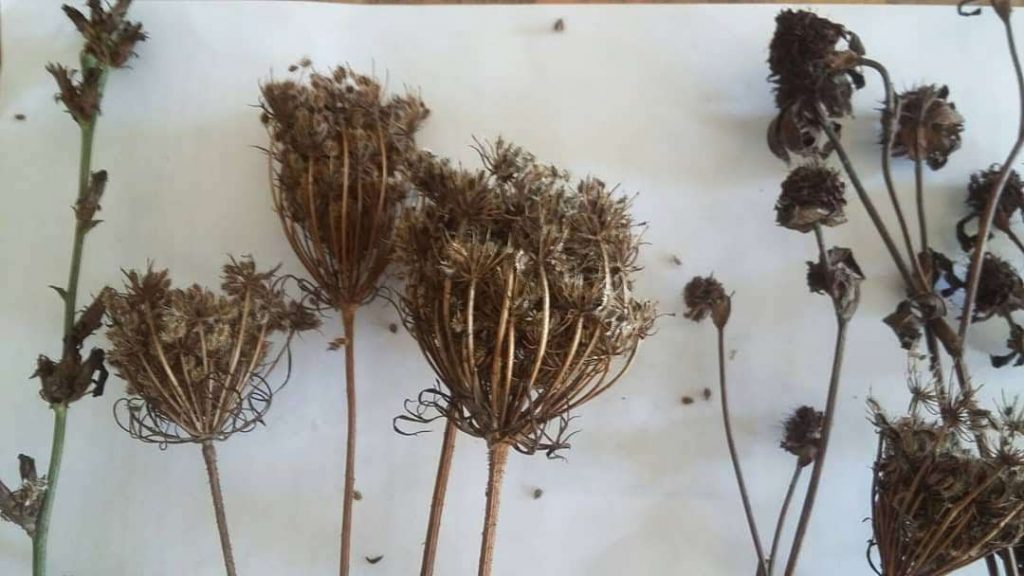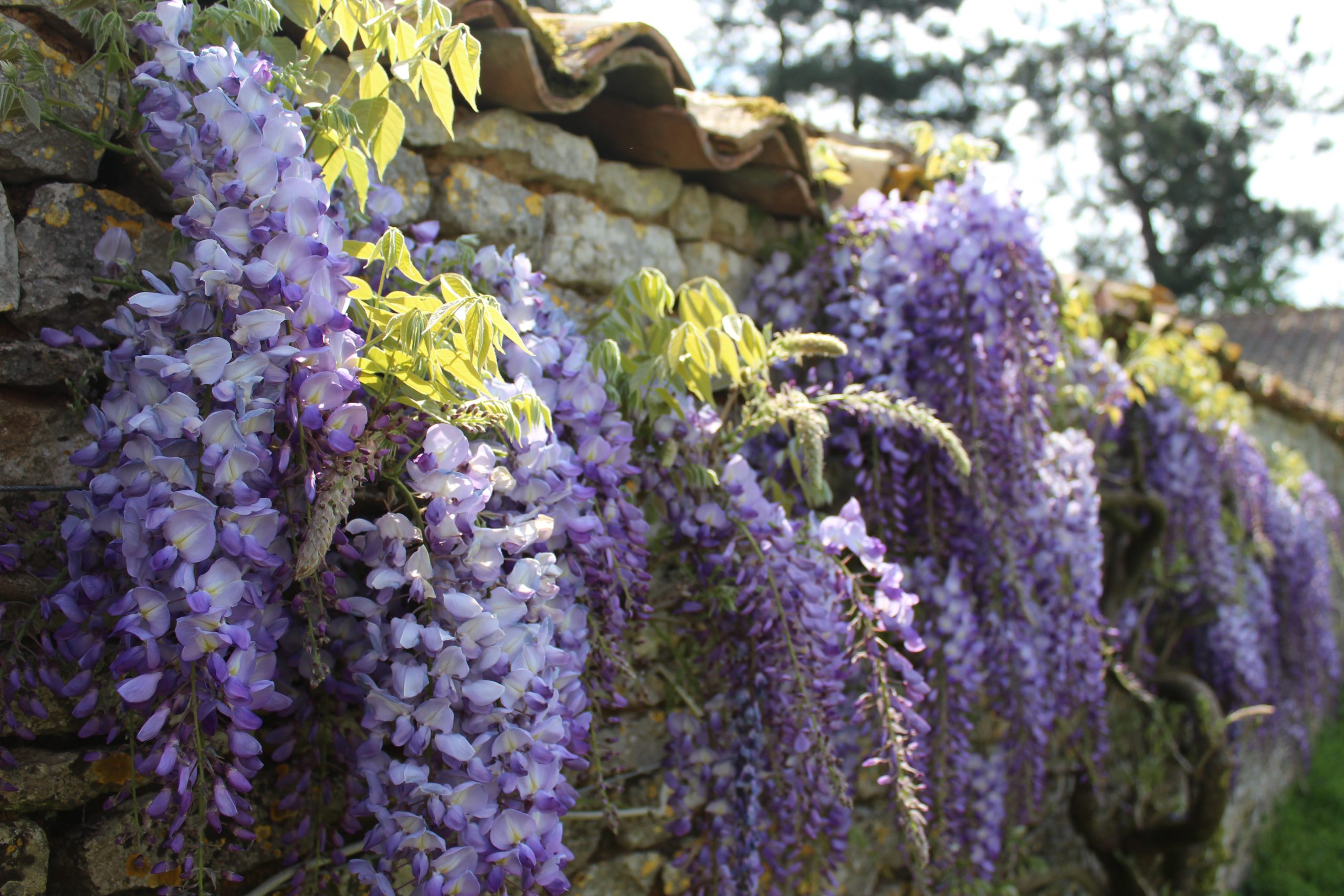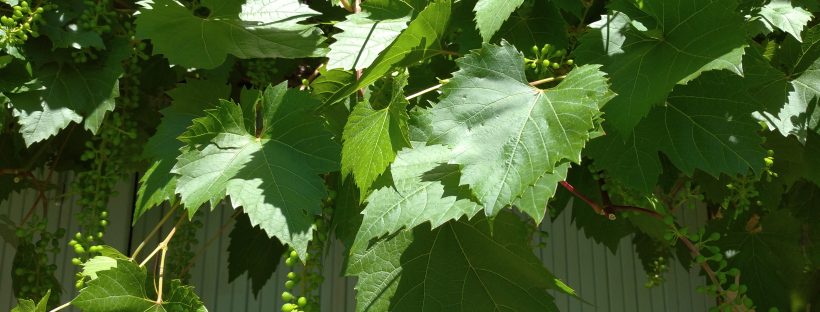With summer solstice behind us day length is, subtly, now on the decrease, but with warmer days and nights many of the plants we have come to think of as typical garden plants, but which originate from central america, start to romp away and contribute to the garden with their hot, rich colours and textures. I’m thinking Sunflowers, Cosmos, Dahlias, Tithonia. Tomatoes, Aubergines, Peppers and the like are also contributing to the plate. With no signs of slowing down get gardening with your July todo list:
Stay Safe
When working in the garden this month be extremely careful of the temperatures, which has now peaked and can sometimes hit 40 degrees or more this time of year. Work at the start and end of the day to avoid the strongest of the sun, wear sunblock and keep well hydrated.
Lawns
A lush, green lawn may be but a distant memory, but don’t fret. A browning lawn is grass’ natural adaptation to drought conditions. Unless you have the water available to be able to do it sustainably, don’t water the lawn. The lawn will return all by itself with the autumn rains. Have faith. Keep mowing (on a high setting), if only to remove the flowerheads of any lawn weeds, but don’t be tempted to apply a lawn feed to encourage it to return now. You may just stress it enough to kill it.
Box hedges
Remember to inspect your box hedges for box tree moth caterpillars. If you identify its caterpillars are present the preferred option is to remove them by hand and dispose of them. For small topiaries etc this is practical. For large hedges treat with Bacillus thuringiensis (a natural soil-borne bacteria) to kill caterpillars. Apply the treatment in the early morning to prevent it from evaporating before it can take effect. Use only when box tree moth caterpillars are present to target this species only and ensure minimal destruction of other insects.
Use in conjunction with a pheramone trap to really interrupt the lifecycle of the box tree moth and maximise efficacy.
Start collecting seed

If you like to dictate the arrangement of your early flowering annuals and biennials, such as cow parsley, foxgloves and wild carrot, collect seed from now. Keep the seed somewhere dry in a paper bag or envelope to keep them from sucumbing to mold. You can sow these seed in the spaces where you want them, or spread them throughout the garden, a little later this year when the rains return.
Plan ahead
Turn your mind to next year. I know it seems a bit crazy to be suggesting this now with barely half the current year gone, but bear with me. The pandemic has given people an opportunity to appreciate outdoor landscapes, wildlife and their own garden like never before. Perhaps now more than ever people are starting to realise the need for a space, however large or small, to be still and switch off. Many have discovered the meditative power of getting your hands in the soil, or just plucking a few weeds, or the gratification of improving a space.
Start putting thought to what you liked about your garden so far this year and what, if anything, did not work so well or you would like to change. Put plans in hand now for next year, especially if that involves planting. In this climate, the autumn is the optimal time for planting and nurseries in this part of France are attuned to this rhythm. As of September plants from nurseries will become available once again. Anticipate this by making plans now. Enlist the help of a gardener or planting designer to assist you. Do it now so that the planting choices can be agreed upon and ordered in advance: these things have a lead time.
Prune ‘suckers’
Many trees and shrubs, either as part of their natural habit, or as a reaction to pruning early in the year will sprout growths from the base. Limes, lilacs, apples, and cherries all seem quite susceptible. Prune, or better still, tear these growths from the base to maintain the shape of the plant and prevent over vigorous basal growth from taking over.
Some plants are intentionally grafted onto a different rootstock by nurseries to control their eventual size in the garden, such as fruit trees and roses. Any growth emmanating from that rootstock will be of a different type and vigour to that of the top growth and should be removed to maintain the appearance of the desired plant.
Deadhead roses and dahlias
Keep deadheading to keep the flowers coming. It is not essential for the health of a plant, but regular removal of spent flowers of some plants prevents the plant from producing seed and encourages them to continue producting new flowers. Plants suitable for this sort of pruning at this time of year includes Roses, Penstemon, Centranthus, Erodium and Dahlias. When the entire flower stem is spent of flower buds cut back to the base and the plant will produce more flower stems to start the process all over. Echinacea, Knautia, Scabious, Geum, Echinops and Eryngium yuccifolium will respond to this sort of treatment.

Summer prune wisteria
Ordinarily one might wait until September before doing this, but if your wisteria is anything as vigorous as mine, a small tidy up a couple of times earlier in the year may be warranted. Simply prune back any unwanted tendrils to about 5 leaves. You can take this back even further later in the year to form large flowering buds, but for now just to control unwanted growth this will do.
In the Potager
Keep harvesting fruits. Removing ripe fruits is like deadheading your ornamental plants; it tricks the plant into producing more flower and therefore more fruit.
Your first crop of potatoes may well be ready by now too, if you have not already begun harvesting them. The tell tale sign to look for is that the flowers have fnished and the stems and foliage have begun to brown and wilt.
Keep blackberries organised by tying this year’s canes to their support.
By now you may have come close to exhausting your supply of quick crops, like radishes and lettuces. If so, sow more seed to keep the harvest coming. If you keep them watered, they will germinate very rapidly in the warm temperatures. Offer them a little midday shade to help get them started.
Plant of the month

Appropriate to our region, July has to be the month of the sunflower. From the start of July we are treated to a spectacular display.
Try replicating that look in the garden, either by planting annual sunflowers (raised from seed earlier in the year and planted out in May) or try some of their perennial counterparts from the same Asteraceae family, such as Helianthus, Heliopsis, Helianthemum, or Rudbeckia. Although not the annual sunflowers we remember growing as children, as members of the daisy family they nonetheless have the height and similar appearance to a sunflower. These perennials will require much less work and consumables over the years vis-a-vis their annual cousins, and once established they will return for many years to come with a minimum of maintenance.
Planting design is one of the cornerstones of our business. If you would like professional advice on planting options, sourcing and planting, please get in touch here.

No responses yet